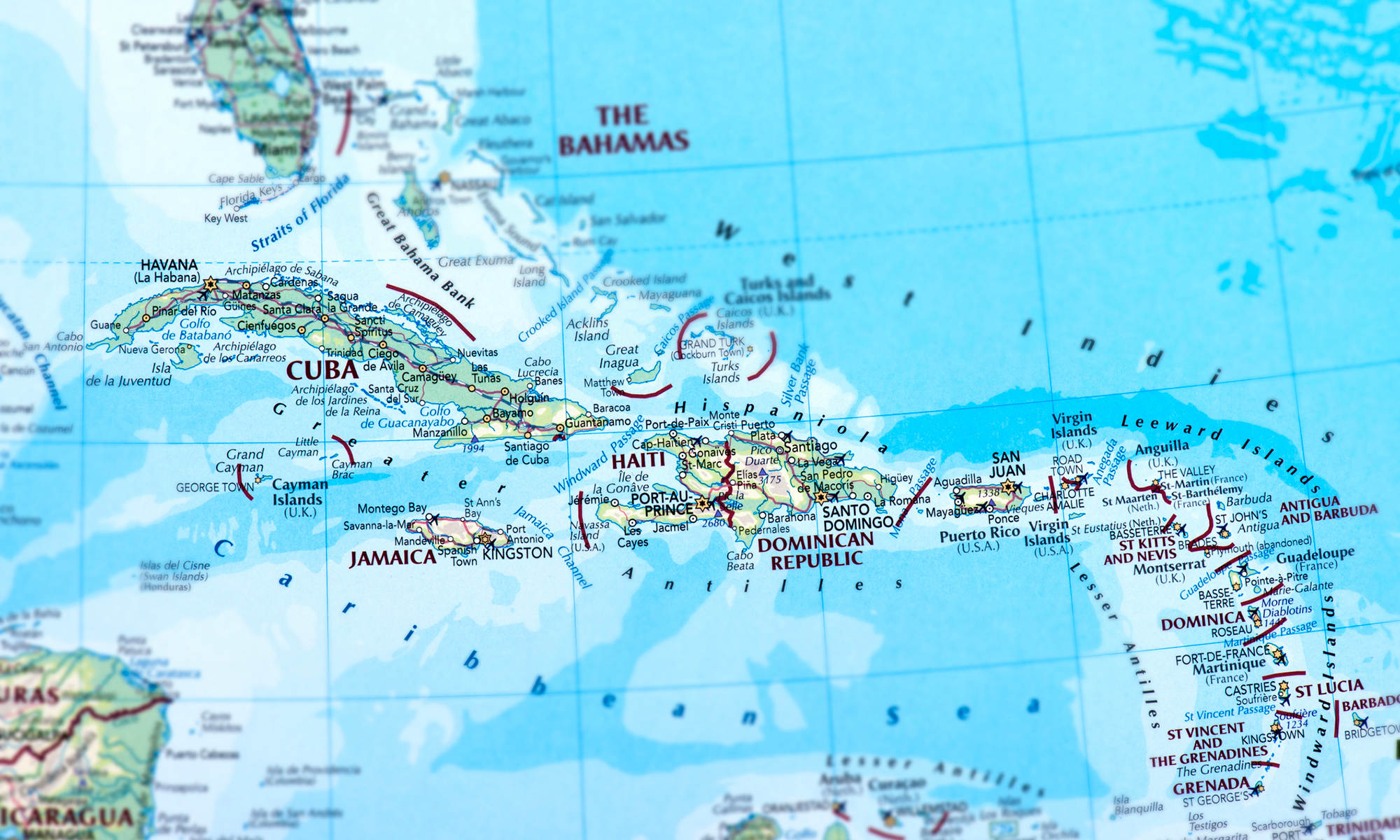High energy costs has long been recognized as one of the biggest obstacles to doing business in Puerto Rico. The cost of energy on the island is almost twice as much as in the U.S. mainland. Mindful that Puerto Rico’s energy policy is a critical component of the island’s successful economic future, the government set in motion the certain steps to diversify power production by fostering renewable energy projects on the island. In July 2010, then governor Luis Fortuño signed into law the Act for a Public Policy for Energy Diversification Through Sustainable and Alternative Renewable Energy (the “Energy Diversification Act”) and the Green Energy Incentives Act (the “Incentives Act”) which firmed up Puerto Rico’s position regarding the need for clean renewable energy. The legislation set specific renewable energy production goals and established economic incentives to enable the island to meet those goals.
The Energy Diversification Act mandates the increased production of renewable energy from sources such as solar and wind energy. The Act sets goals for production of renewable energy at 12% by 2015, 15% by 2020 and 20% by 2035. At the time the legislation was signed by Governor Fortuño, only 1% of Puerto Rico’s energy production came from renewable energy sources.
The Incentives Act created the Green Energy Fund to fund economic incentives for renewable energy projects. The Green Energy Fund offers rebates up to 60% of eligible costs for Tier 1 (0 to 100 KW projects) and up to 50% rebates for Tier 2 (101 KW to 1 MW) projects. The Incentives Act also includes tax incentives such as cash refunds and tax exemptions. The expectation at the time the law went into effect was for Puerto Rico to invest up to $290 million in renewable energy prospects on the island through the Green Energy Fund.
In October 2012, two green energy projects were completed and began producing clean renewable energy on the island. The first, the AES Ilumina solar power project, began producing clean energy in 2012. AES Ilumina was the first project to be awarded economic incentives, about $30 million, under the Incentives Act. Located in Guayama, Puerto Rico, AES Ilumina’s 138-Acre solar energy farm consisting of more than 100,000 solar photovoltaic panels is Puerto Rico’s largest solar farm, and the biggest solar energy facility in the Caribbean. The AES Ilumina project will have the capacity to produce 24 megawatts of electricity, enough to power approximately 6,500 homes. The energy is being sold to the Puerto Rico Electric Power Authority (PREPA) under a 20-year Power Purchase Agreement (PPA). Capital expenditures for the solar farm comprising 101,000 photovoltaic panels totaled $96 million, plus an investment in machinery and equipment of $80 million.
In October 2012, Pattern Energy’s Finca de Viento Santa Isabel (FVSI) wind farm began producing clean energy. FVSI is the first commercial wind power project in Puerto Rico. FVSI is made up of 44 wind turbines that can produce up to 95 megawatts of clean energy, enough to power about 30,000 homes. FVSI is the largest wind energy project in the Caribbean.
A second commercial windmill project on the island’s east coast is scheduled to be completed in the near future. When completed at a cost of $82 million, Gestamp’s Punta Lima wind farm will have 13 turbines that will generate 23-megawatt, enough power 9,000 houses.
A local company, WindMar Renewable Energy, is also developing a 30-megawatt wind farm in Guayanilla that could increase to 45 megawatts and could add a solar component as well. Some $7 million has already been invested and total project costs are $80 million.
Governor Fortuño’s commitment to diversify Puerto Rico’s energy sources to generate cheaper and cleaner energy appear to be embraced by the administration of the island’s new Governor, Alejandro García Padilla. As a candidate Governor García Padilla spoke favorably of renewable energy projects and stated that he would promote such ventures. Furthermore, he pledged to install solar water heaters on at least half of the island’s homes and, also, has proposed installing solar panels on government buildings.
As a candidate, Governor García Padilla said his energy policy would be based on: (1) developing a culture of conservation and efficiency; (2) providing energy autonomy and developing the island’s energy industry; (3) promoting the use of mass transit; and (4) offering more efficient service. Clean renewable energy. Energy has also been at the forefront of the new governor’s job creation push. The Jobs Now Act proposed by the administration of Gov. Alejandro García Padilla with the aim of creating 50,000 jobs provides as an incentives for businesses that create jobs an energy credit in the amount of $2,000 for each new job created. The energy credit would contain a cap of $10,000 per business annually and $2,000 per job. The money for the proposed energy credit would come from taxes withheld from the employee’s salary. The employer would use the withholding to pay its energy costs instead of forwarding it to the Treasury Department to pay the withholding tax.
Lawrence W. Diamond is co-chair of the Duane Morris Puerto Rico Business Group, and Jose A. Aquino is a special counsel in the New York office of Duane Morris LLP.
